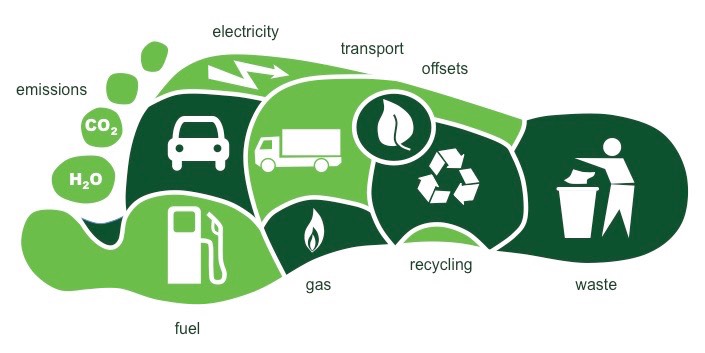HBR Reports: Calculating the Value of Impact Investing
As concerns about scarcity and inequality become increasingly urgent, many investors are eager to generate both business and social returns—to “do well by doing good.” One avenue is impact investing: directing capital to ventures that are expected to yield social and environmental benefits as well as profits. But there’s a problem: Although the business world has several universally accepted tools, such as the internal rate of return, for estimating a potential investment’s financial yields, no analogue exists for evaluating hoped-for social and environmental rewards in dollar terms. Forecasting gains is too often a matter of guesswork.
Investors hoping to use a company’s track record on social and environmental impact to assess future opportunities will similarly find little useful data to evaluate. The reporting of environmental, social, and governance issues is now standard practice at nearly three-quarters of the world’s large and mid-cap companies, but it is usually confined to information about commitments and process and rarely scores actual impact on customers or society.
Key industry players have recognized these analytical shortcomings and have stepped up their quest to better understand impact measurement and management. Notable among them are Root Capital, the MacArthur Foundation, the Omidyar Network, Skopos Impact Fund, Bridges Impact+, the World Economic Forum, and the Rockefeller Foundation. This work has produced a number of interesting metrics, including social return on investment (SROI). The Impact Management Project, a collaborative launched in 2016 involving foundations and major investment managers, aims to weave all these threads together into a shared language about impact management and to develop a set of practical tools to implement best practices. Building on this work, the organizations we work for—the Rise Fund, a $2 billion impact-investing fund for growth-stage companies managed by TPG Growth, and the Bridgespan Group, a global social impact advisory firm—have attempted over the past two years to bring the rigor of financial performance measurement to the assessment of social and environmental impact. Through trial and error, and in collaboration with experts who have been working for years in the field, the partnership between Rise and Bridgespan has produced a forward-looking methodology to estimate—before any money is committed—the financial value of the social and environmental good that is likely to result from each dollar invested. Thus social-impact investors, whether corporations or institutions, can evaluate the projected return on an opportunity. We call our new metric the impact multiple of money(IMM).
Fewer people touched deeply may be worth more than many people hardly affected.
Calculating an IMM is not a trivial undertaking, so any business that wishes to use it must first determine which products, services, or projects warrant the effort. As an equity investor, Rise does a qualitative assessment of potential investments to filter out deals that are unlikely to pass the IMM hurdle, just as it filters out deals that are not financially promising. Companies with a social purpose and a potentially measurable impact get a green light for IMM evaluation. Rise will invest in a company only if the IMM calculation suggests a minimum social return on investment of $2.50 for every $1 invested. Businesses that adopt this metric can set their own minimum thresholds.
For the full article, click here.



